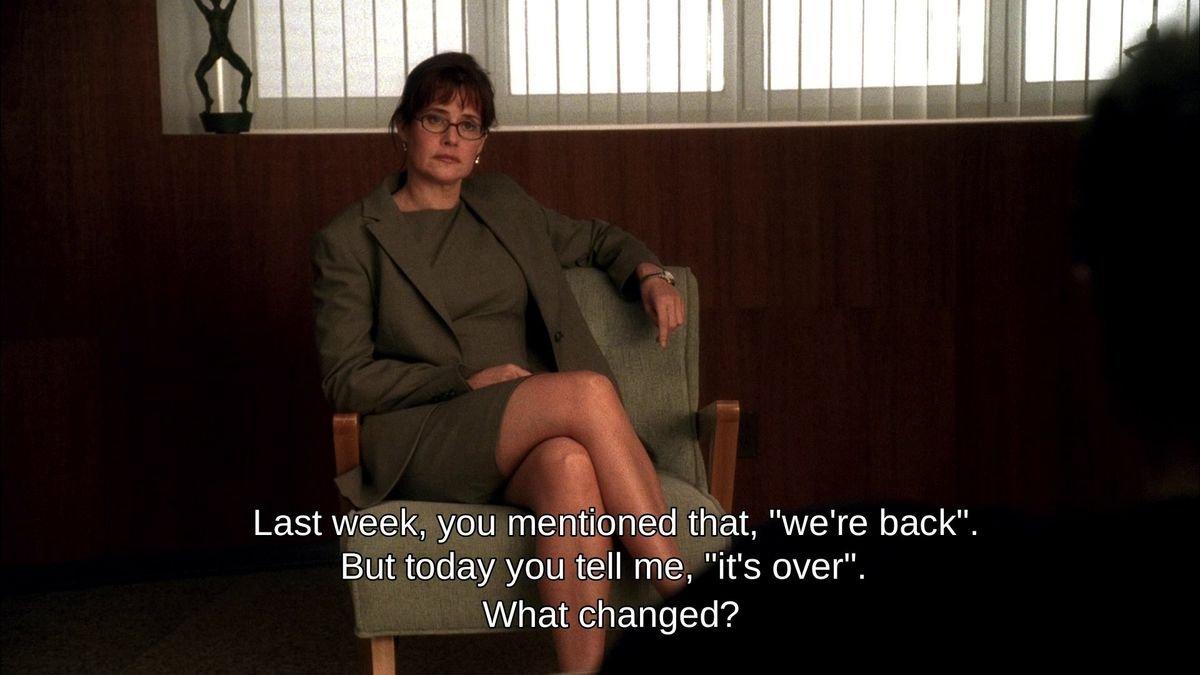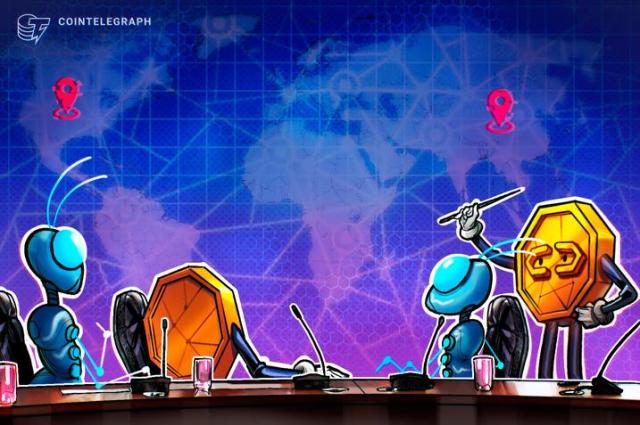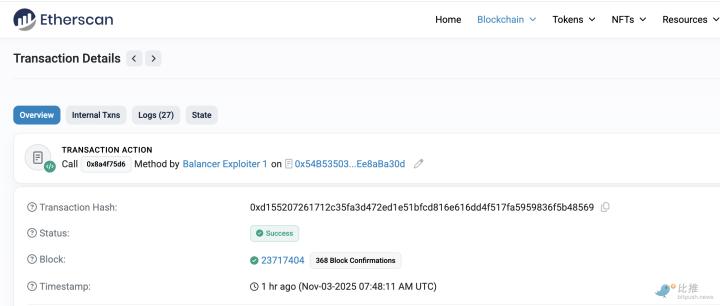Transformation is no longer a strategy, but has become the entire business model itself.
Written by: Rosie
Compiled by: Luffy, Foresight News
Most of the cryptocurrency founders I know have now gone through three transformations.
The group that built the NFT platform in 2021 shifted to DeFi yield projects in 2022, and then followed the trend of AI agents in 2023 and 2024. Now they are busy chasing the current hot track (perhaps the prediction market?).
Their transformation itself wasn't wrong; in many ways, it was a choice to conform to the rules of the game. The problem is that the very structure of these rules dictates that any long-term development is impossible.

18-month product cycle
Narrative rise → Capital influx → Everyone follows suit and transforms → 6-9 months of development investment → Narrative fever cools down → Another transformation.
This cycle used to be 3-4 years (during the ICO era), then it was shortened to 2 years, and now, if you're lucky, it's only 18 months.
In the second quarter of 2025, cryptocurrency venture capital investment plummeted by nearly 60% in a single quarter, leaving founders with even more limited time and funds before the next trend forces them to transform again.

The key issue is that 18 months is simply not enough to build anything meaningful . Real infrastructure takes at least 3-5 years to build, and true product-market fit requires years of iterative optimization, not just a few quarters.
But if you're still clinging to last year's narrative, it will become an "ineffective asset." Investors will avoid you, users will churn, and some investors will even force you to follow the current hot trends. And your team members will start interviewing projects that have just secured funding based on the current hot narrative.
Sunk cost fallacy becomes a survival mechanism
Traditional business advice is: don't fall into the sunk cost fallacy, and if something doesn't work, change course in time.
The crypto industry has taken this to the extreme, turning it into "maximizing sunk costs." No one will persist long enough to verify whether something is truly feasible.
Transform at the slightest resistance, transform when user growth slows down, transform when financing is blocked.
Every founder makes this trade-off:
- Continuing to develop the current product may take 2-3 years to see results, and with luck, we might be able to raise another round of funding.
- By shifting to a popular narrative, one can immediately secure funding, generate paper profits, and exit unscathed before anyone realizes the project is doomed.
Most of the time, the latter is the better choice.
The dilemma of giving up halfway
Very few cryptocurrency projects actually achieve their stated development goals. Most projects are forever in a "near completion" state, always just one feature away from achieving product-market fit.
But they can never truly be completed because the narrative changes halfway through development. Suddenly, the DeFi protocol you're still working on becomes meaningless because everyone's talking about AI agents.
The market punishes the act of "completion": completed products have clear limitations, while products that are about to be completed have unlimited potential.
Capital chases attention, not results.
The actual financing situation is clear at a glance:
- A completely new narrative + no product: raised $50 million;
- The established narrative of a mature product: struggling to raise $5 million;
- Old narrative + product + real users: completely unable to secure funding.
Venture capitalists invest in attention, not products. And attention always flows to new narratives, not completed old projects. Today, most teams are focused on "maximizing narrative value," optimizing purely for a story that will attract funding, completely disregarding what they are actually building. Completion means self-limitation, while incompleteness preserves all possibilities.
Team retention challenges
Your top developer received a job offer with double the salary from a hot narrative project; your marketing head was poached by a project that just raised $100 million.
You are simply not competitive because six months ago you decided to stick to your current project and abandon the then-popular narrative.
Nobody wants to work on boring and stable projects; they prefer projects that are chaotic, overfunded, and could collapse at any time, but could also yield 10 times the return.
User attention is scarce
Cryptocurrency users use your product simply because it's new, everyone's talking about it, or there's a chance to get an airdrop.
Once the narrative shifts, they'll leave immediately, regardless of whether your product gets better or whether you add the features they requested.
You cannot create sustainable products for "unsustainable users".
I know some founders who have transformed their businesses so many times that they have long forgotten what they originally wanted to create.
Decentralized social networks → NFT platforms → DeFi aggregators → gaming infrastructure → AI agents → prediction markets. The transformation is no longer a strategy, but the entire business model itself.

Infrastructure Paradox
Most of the things that can truly survive in the crypto industry in the long term were born in an era when no one paid attention to cryptocurrencies.
When Bitcoin was born, nobody cared, there was no venture capital, and no token issuance; Ethereum was born before the ICO craze, when nobody knew that smart contracts would evolve into what they are today.
Most things born during a hype cycle eventually die out with the cycle; things created in the gaps between cycles have a higher survival rate.
But nobody builds during the gaps in the cycle because there is no financing, no attention, and no exit liquidity at that time.
Why is the current situation so difficult to change?
Token-based incentive mechanisms offer flexible exit channels. Founders and investors will likely do so as long as they can exit before the product matures.
Information spreads far faster than product development. By the time you finally finish development, everyone already knows whether it's feasible. The core value proposition of the crypto industry is "fast action," and asking it to slow down development is tantamount to deviating from its very essence.
This means that if you spend three years building a product, someone else can copy your idea, launch a simpler but better-marketed version in three months, and then beat you.
So, what should we do in the future?
The crypto industry struggles to create long-term value because it is structurally incompatible with long-term thinking.
You can be a principled founder: refusing to follow trends and transform your business, sticking to your original vision, and spending years, not months, polishing your product. But you're likely to eventually run out of money, be forgotten, and be replaced by those who transformed their business three times during the time you released your first version.
The market doesn't reward "completion," it only rewards "creation"—creation time and time again. Perhaps the true innovation in the crypto industry isn't the technology itself; perhaps its true innovation lies in finding a way to extract maximum value with minimal completion. Or perhaps, the transformation itself is its product.







